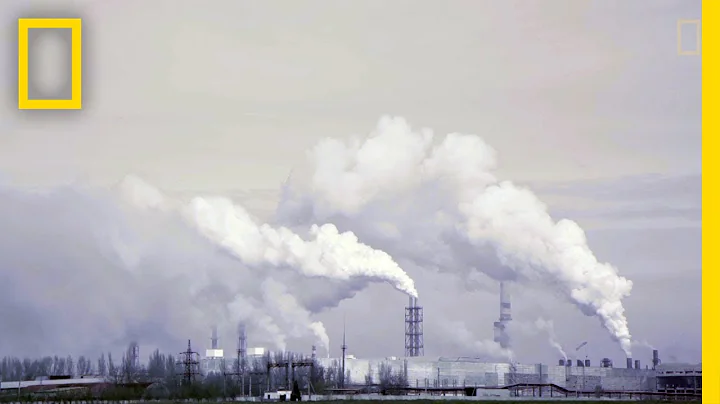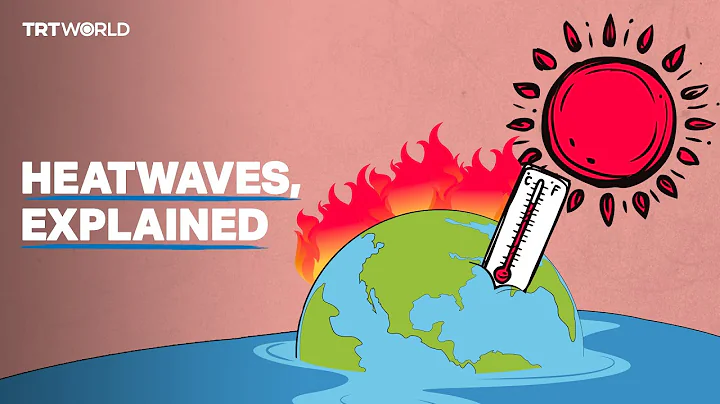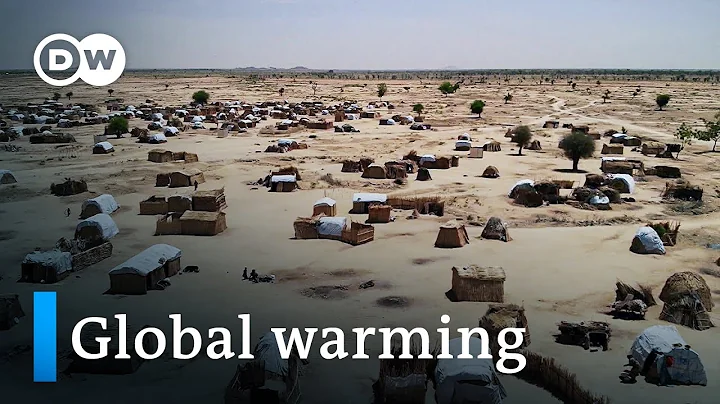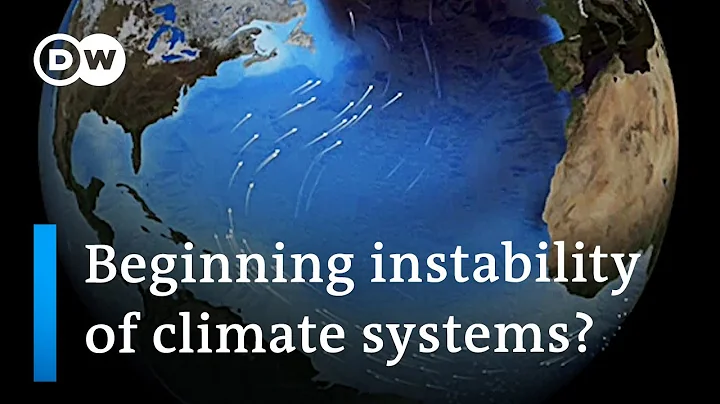The World Meteorological Organization stipulates that when a certain climate element(s) reaches  5 years it is called an extreme climate. Extreme climates include droughts, floods, high temperature heat waves and low temperature cold damage etc. As pollution becomes increasingly serious, extreme weather phenomena will become more frequent and the number will increase significantly.
5 years it is called an extreme climate. Extreme climates include droughts, floods, high temperature heat waves and low temperature cold damage etc. As pollution becomes increasingly serious, extreme weather phenomena will become more frequent and the number will increase significantly.

Since last year until now, the frequency of extreme events around the world has become more and more frequent, and most extreme events are aimed at breaking records!
The rain gauge near Brogers Creek in Kangaroo Valley, New South Wales, has just received 868mm of rain in the 78 hours ending at 3pm on Monday. This is more rainfall than Melbourne, Canberra, Hobart or Perth typically get throughout the year.

Finland’s heat wave is coming to an end. The maximum temperature set four new national daily heat records (one of which tied the record). An unusual but by no means unprecedented heat wave.

Australia’s national temperature anomaly in June 2022 was +2.3C above the 1991-2020 baseline, tying it with 2017 as the fourth warmest June on record. Precipitation is near normal. Check out ZAMG’s temperature anomaly map.

Increased moisture may lead to isolated showers and thunderstorms in the UAE, Oman, Yemen and southern Saudi Arabia from Wednesday to the weekend. Increased khareef: Chances of seasonal light rain and drizzle in Salalah, Oman later in the week and over the weekend.

Speaking of Hawking, I believe many people know this great genius. However, what surprises people is that Hawking’s predictions about the future of mankind and the earth have been verified over time.

Hawking once predicted that as the earth's energy continues to be consumed, the earth is likely to repeat the mistakes of Venus in 2600 and become a "big fire ball" with a temperature exceeding 460 degrees Celsius. By then, there will be no more energy on the earth. Biological existence.

In the future, high temperatures exceeding 40°C and 50°C may become more and more common around the world. Perhaps the extreme weather in the past two years will become the norm. As for whether the earth will turn into a "big fireball" At one point, no one can tell for sure? Do you think so?





















